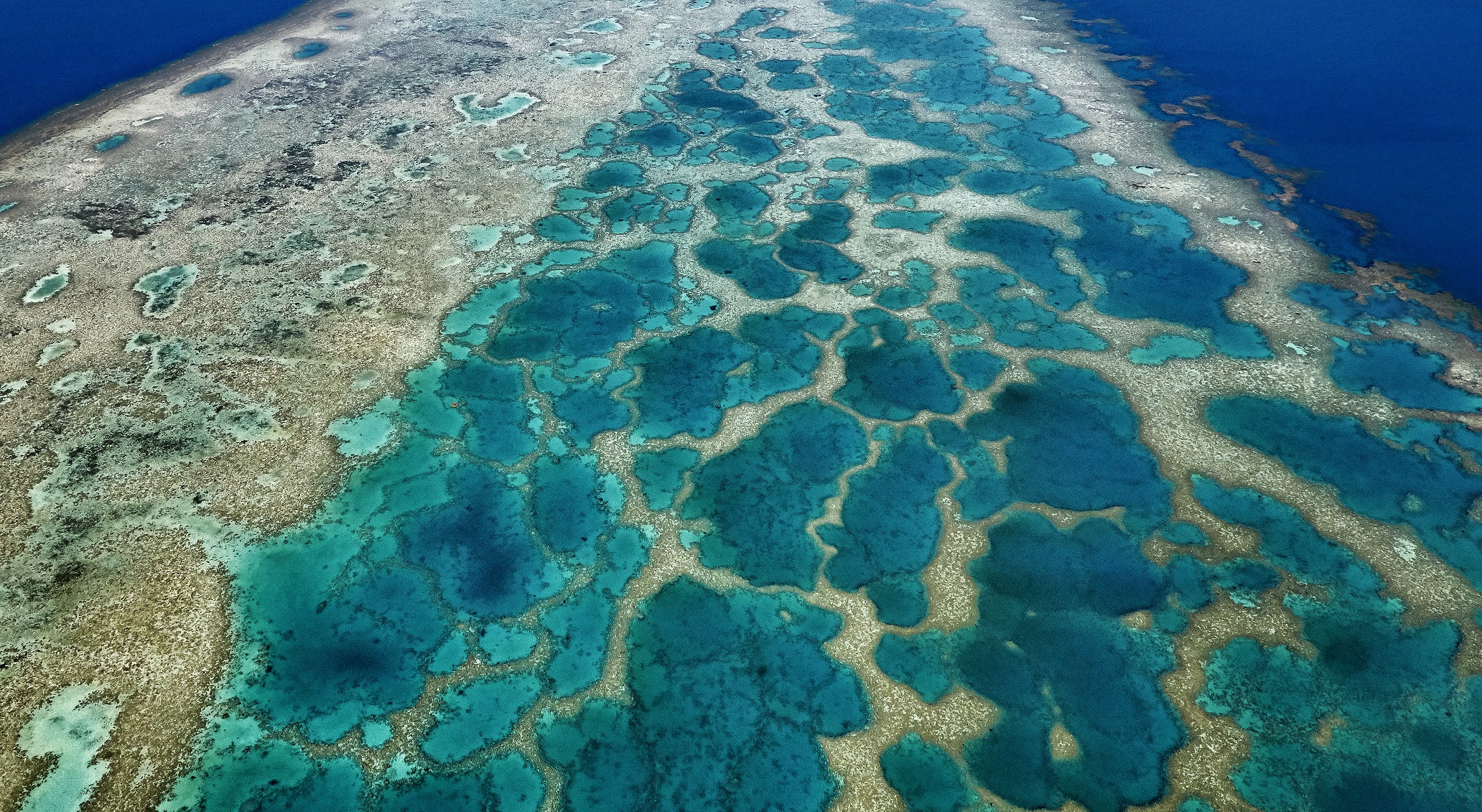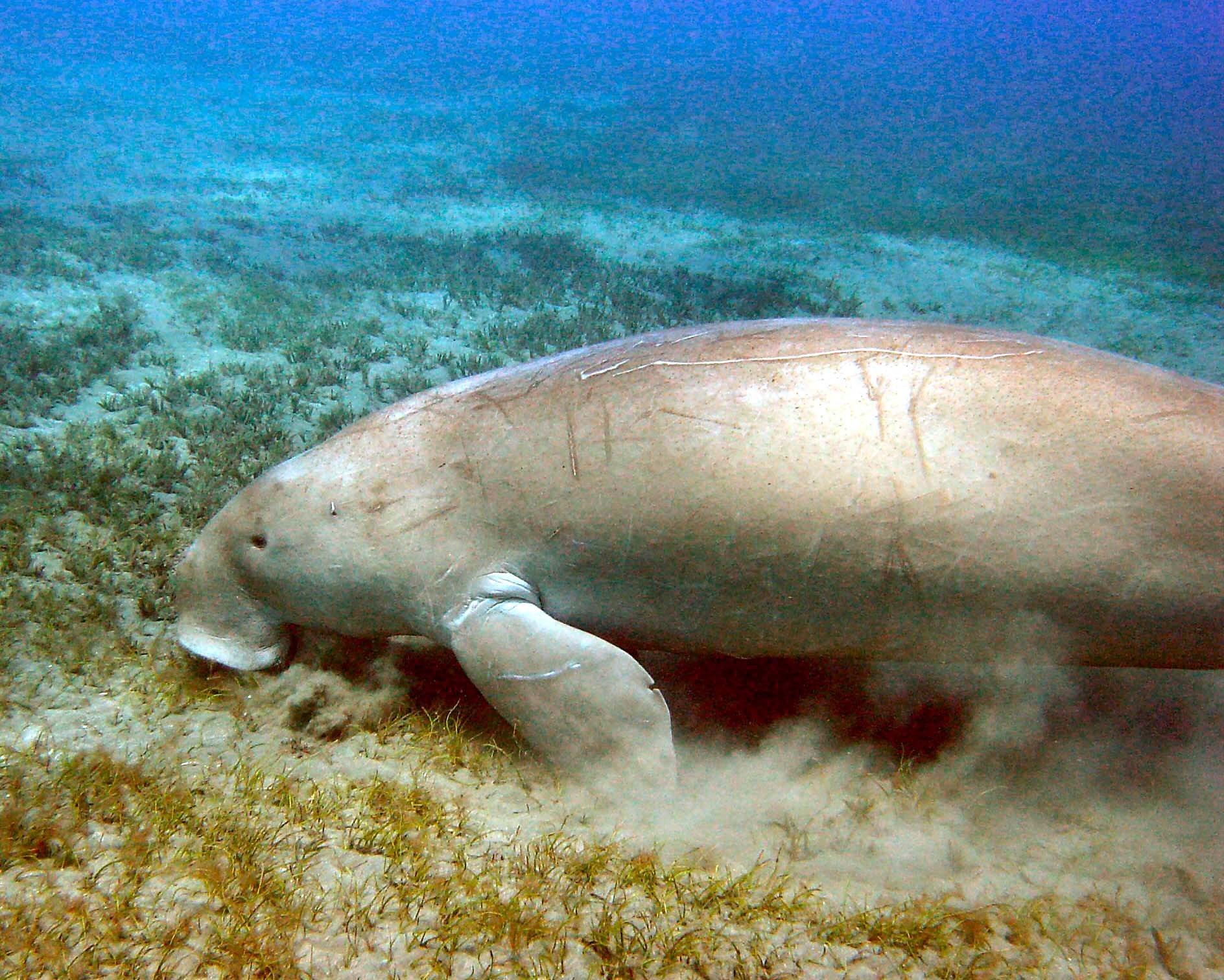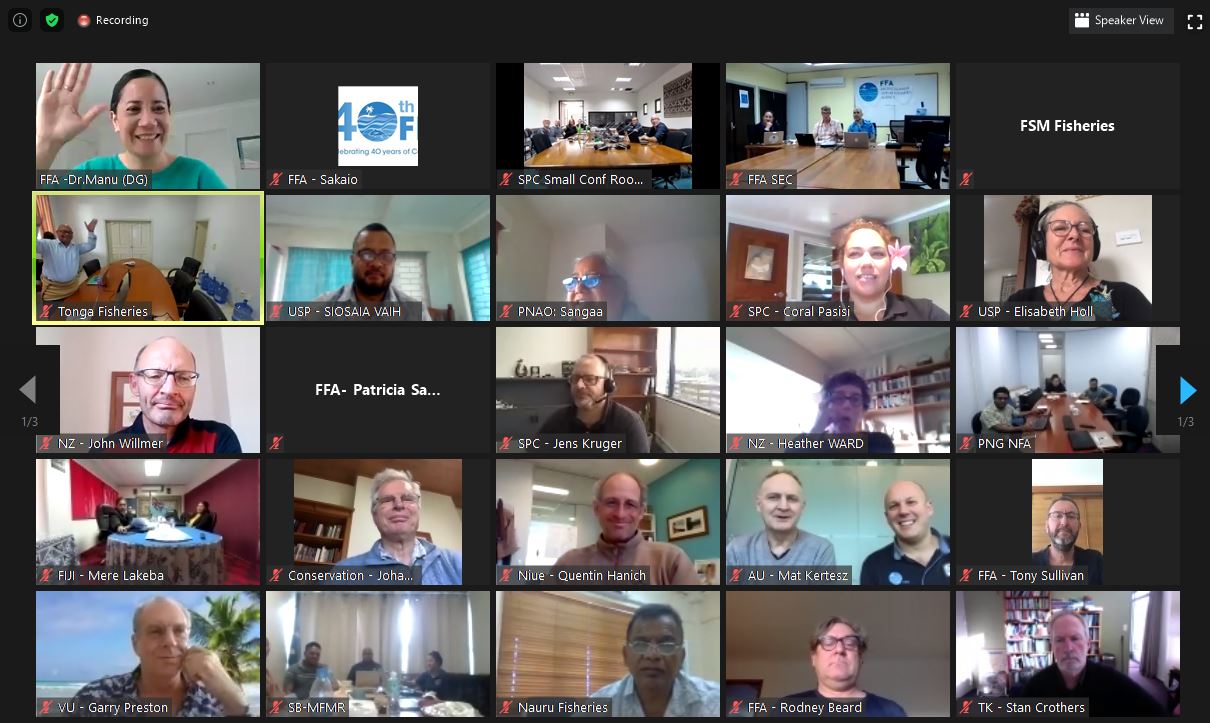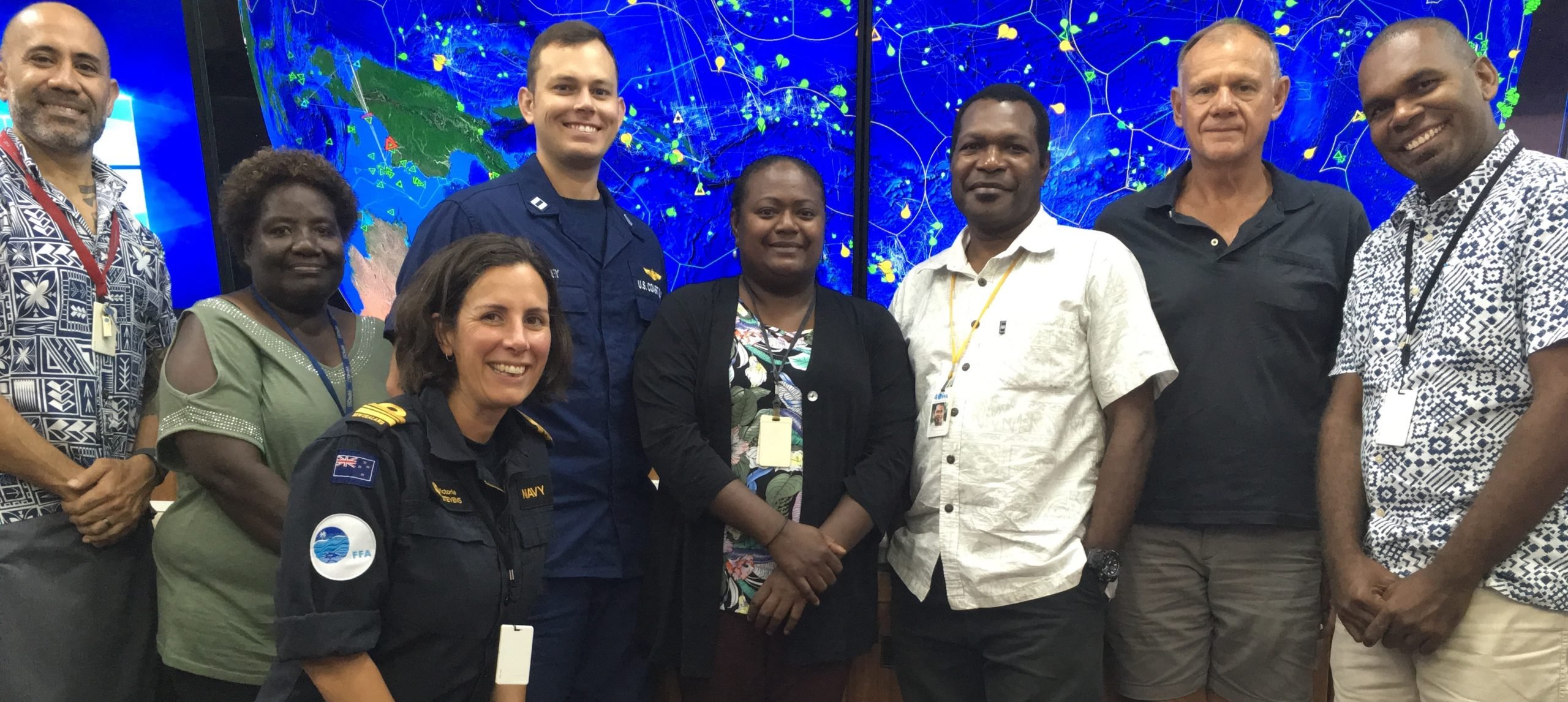As the Pacific islands assess ways to build back economies severely struck by the COVID-19 crisis, the environmental impacts faced worldwide highlight the opportunity we now have in our hands to build back a ‘Bluer Pacific’. Key to this is, is an environmental component in all post COVID-19 recovery plans across our Pacific islands region.
While the world has ground to a stop with the preventative measures of COVID-19, global greenhouse gas emissions and air pollution worldwide has reduced as people are grounded and remain at home.
The United Nations Environment Programme quotes data recorded in China from January to March this year shows 337 cities as having over 80 percent increase in days with good air quality with satellite data from the United States National Aeronautics and Space Administration shows a drop in nitrogen dioxide over China.
While the air quality has improved, the sharp reduction of GHG’s recorded over this period must be more than temporary to make a real impact to current growth trends.
“We must ask ourselves now, what can we do to make these gains permanent? What happens when the world starts to build back and the economic recovery plans are focused solely on doing more, faster to make up for financial losses and lost time while our plane was in pause,” said Mr Kosi Latu, Director General of the Secretariat of the Pacific Regional Environment Programme (SPREP).
“We cannot go back to business as usual as we rebuild. Science shows this is not good for all of us.”
Over 95% of all world destinations have travel restrictions that are yet to be lifted and as such Pacific tourism has been struck resulting in huge financial losses. This has also had an impact on environmental sustainability programs across the Pacific that are dependent upon tourism to survive.
Eco-tour operators are now relying upon domestic travelers for income, and there are concerns that job losses across the region are seeing more pressures placed upon our coastal fisheries as family turn to fishing for food security resulting in studies now underway.
As the Pacific sits on the cusp of building economies back following Covid-19 impacts, we must do so while strengthening our environment.
“As we plan to ‘build back’ our economies, we must remember our environment. This means that Governments must include a green recovery component in our economic stimulus support packages as part of our current and post COVID-19 response. Otherwise, we will go back to business as usual again. We must go beyond building back to what we had, we must build a ‘Bluer Pacific’ for our people,” said Mr Kosi Latu, Director General of the Secretariat of the Pacific Regional Environment Programme (SPREP).
“A strong, sustainable environment will lead to a more resilient Pacific. This will ensure that we can bounce back from our annual threats such as tropical cyclones, droughts or floods. A sustainable environment will help ensure the livelihoods and way of life for our people, remain strong. This responsibility is in our hands now to build back stronger than we were before.”
The Pacific tourism recovery phase will have longer term gains with a sustainable environment. A healthy ocean and marine species can bring millions of dollars to the Pacific such as whale watching, a multi-million dollar Pacific industry with potential. Without proper environmental consideration, Pacific tourism remains under threat in many ways, and will also lead to other challenges for our local communities. Damage to coral reefs, mangrove forests, seagrass beds and coastal wetlands can impact upon food security, traditional medicines, and storm surge protection.
Robust Environmental Impact Assessments will help ensure all development is done so for long-term gains, as opposed to rushed, urgent actions for quick economic gains. Strong, enforced environmental policy and regulations will help maintain our environment as work is undertaken to make up for economic losses, ensuring industries such as logging and mining, are done sustainably.
There is also the overarching threat of future viruses being unleashed unless we manage and care for biodiversity and habitat loss with over 70% of emerging infectious diseases stemming from wildlife and domestic animals. Deforestation, exploitation of wildlife and infrastructure and mining development has potential for more contact and conflict between humans and animals.
“Our Pacific islands must have a ‘green’, or ‘blue’ component in their post COVID-19 recovery plans for long term gains. If we fail to get this right, our economic legacy will only be short term and we run the risk of finding ourselves where we are right now,” said Mr Latu.
“Economic success and a resilient Pacific can be achieved if we make the right choices now. It’s up to us, the power is in our hands to build back our Pacific islands for a ‘Bluer Pacific’. We can’t forget the role a healthy environment plays in all aspects of our Pacific lives. SPREP stands ready to work with our Members and help make this happen.”




